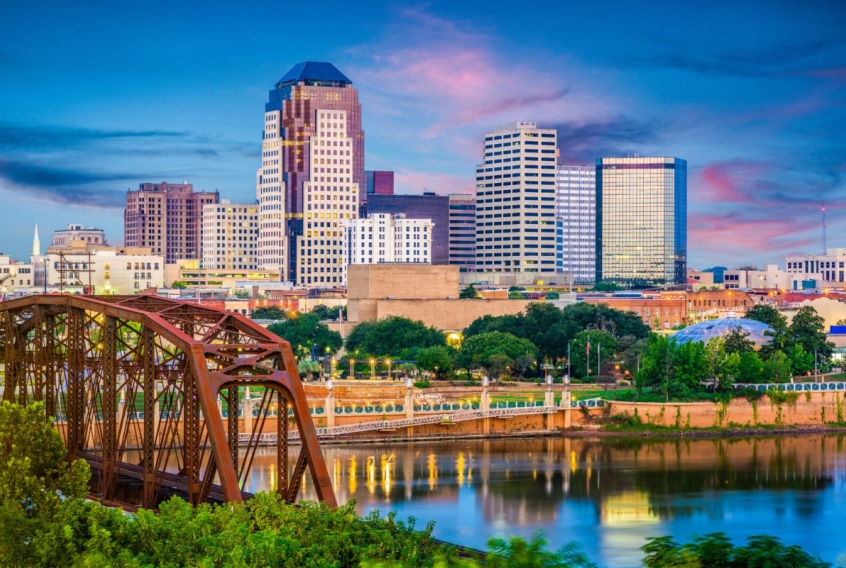Shreveport is facing increasing risks from climate change as temperatures rise, threatening public health, infrastructure, and local communities. According to the National Weather Service, the city’s average yearly temperature has increased by 2.47°F from 1970 to 2020, with the trend predicted to continue as climate change intensifies.
In a typical year around 1990, residents of Shreveport would experience about 7 days above 99°F. By 2050, however, this is projected to increase to an average of 42 days per year, according to Climate Check, a climate data organization. Extreme heat days, when temperatures stay above 95°F at night, are becoming more frequent in the region. Louisiana Department of Agriculture and Forestry Commissioner Mike Strain says the persistent heat robs energy from the plants and affects local agriculture, but the broader concern is the strain this places on public health, infrastructure, and the environment.
In response, Gov. John Bel Edwards’ Climate Initiatives Task Force approved Louisiana’s first Climate Action Plan. The plan includes 28 strategies made to reduce greenhouse gas emissions and increase resilience to climate impacts. Key actions include transitioning to clean energy, decarbonizing industries, and protecting wetlands, which all help buffer the state against extreme weather events. The urgency of addressing these climate risks and continuing strategies to ensure the safety and sustainability of Shreveport and Louisiana as a whole, is becoming more and more apparent everyday.
Written by Gabbi Olague




